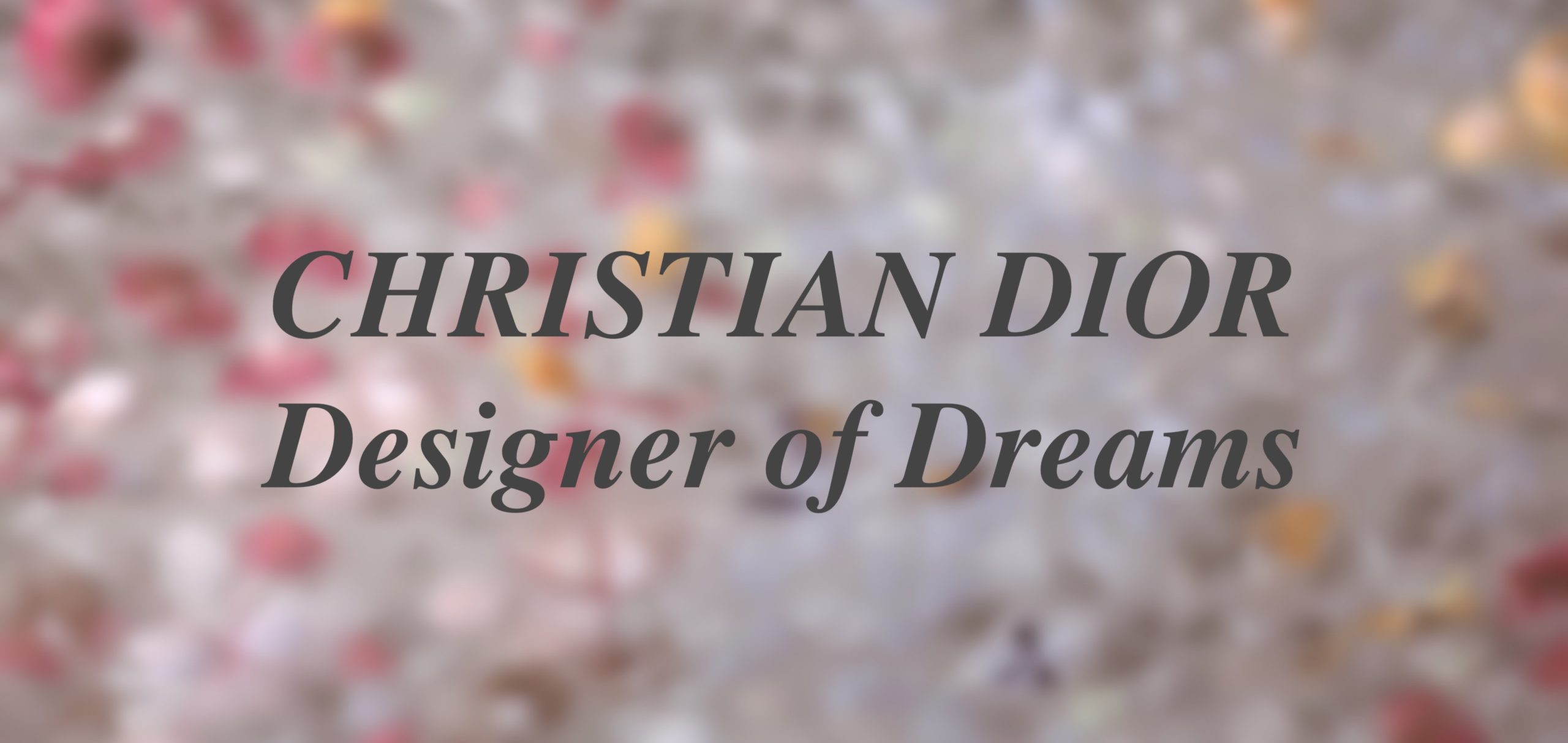As the world experiences the tough times of isolation and social distancing in the current moment, I find myself dreaming of summer holidays. In particular, the beach, the sun and bikinis. The history of the bikini is a surprising one, filled with scandal, politics and issues of gender. Although the origins of the bikini are uncertain, it has been speculated to be as early as 5600 BC. Greek urns and Roman wall art have been found that display images of women in bikini-like garments. The women are depicted as participating in athletic events, such as running, weightlifting and discus throwing while wearing two-pieces.

The acceptance of the bikini however was gradual. Women were finally permitted at the beginning of the twentieth century to enjoy public beaches, although there were strict requirements for their clothing to protect their modesty. Women would wear multiple layers and incorporate weights into their hems to prevent clothes from riding up and displaying their legs. Petticoats were eventually abandoned for more form fitting single-pieced costumes. The Australian performer and swimmer Annette Kellerman was arrested in 1907 for wearing a tight-fitting one-piece. The outrage from this case influenced the acceptance of one-piece swimsuits, as well as the introduction of new synthetic materials such as rayon that allowed for more form-fitting suits to be produced. The 1940s saw an increased liberation of swimwear due to war-rationing. More flesh became widely accepted and women could now bare their stomachs as a result of the lack of materials during the war. ‘Le bikini’ was unveiled in 1946 by Louis Réard, who named the garment after nuclear tests at Bikini Atoll by the U.S military. His designs were deemed as increasingly scandalous, made of just 30 inches of fabric. Réard hoped that the garment would become as ‘explosive’ as the test itself as he believed that the effects of a woman wearing a bikini could be likened to the devastating effects of a bomb. Réard was inspired to create the garment after noticing women at St Tropez beaches rolling up the edges of their heavy fabric swimsuits to get better tan lines.

However, Réard struggled to find a model willing to wear his minimalistic garment. Micheline Bernardini finally agreed to do the job and displayed the bikini for the first time at the Piscine Molitor, a popular public pool in Paris. The bikini was described as “so small it could fit into a matchbox”. Although the designer received nearly 50,000 thank you notes from various women for his design, the bikini did not receive uniform acceptance. The garment was banned from the first Miss World Contest in London in 1951 as well as prohibited in Portugal, Italy, Spain and Belgium. General acceptance for the bikini did not come about until the 1960s, when societal upheavals around the world began to encourage more liberal views of fashion. The bikini saw a huge comeback at this time thanks to the world of Hollywood. Powerful celebrities proved essential for the popularization of the bikini; Brigitte Bardot gained international fame for wearing a bikini while on a Cannes beach with Kirk Douglas. Similarly, Ursula Andress’ role as Honey Rider in the James Bond film Dr No, became one of the best-known scenes in cinema. In 1960, Brian Hyland released a song titled ‘Itsy Bitsy Teenie Weenie Yellow Polka Dot Bikini’ that was inspired by the craze of bikini-buying at this time.

The fascination with the two-piece will never stop and its design continues to be redeveloped, such as the higher cut G-strings from Brazil. The bikini’s history demonstrates the power of the garment in challenging the status-quo; once deemed as an item of scandal, bikinis are now regularly displayed on Paris runways. The garment has served many important functions throughout the past decades, such as a morale-booster during wartime America or as a triumph for early feminism. The bikini and its history have a deeper significance than from the outset.
References
Elle Magazine, ‘The History of the Bikini’, https://www.elle.com/fashion/g2906/the-history-of-the-bikini-654900/?slide=1
History, ‘Bikini introduced’, https://www.history.com/this-day-in-history/bikini-introduced
The Sunday Post, ‘The first bikini could fir in a matchbox- a history of the world’s skimpiest swimming costume’, https://www.sundaypost.com/fp/the-first-bikini-could-fit-in-a-matchbox-a-history-of-the-worlds-skimpiest-swimming-costume/
Time Magazine, ‘The History of the Bikini’, http://content.time.com/time/photogallery/0,29307,1908353_1905442,00.html






























